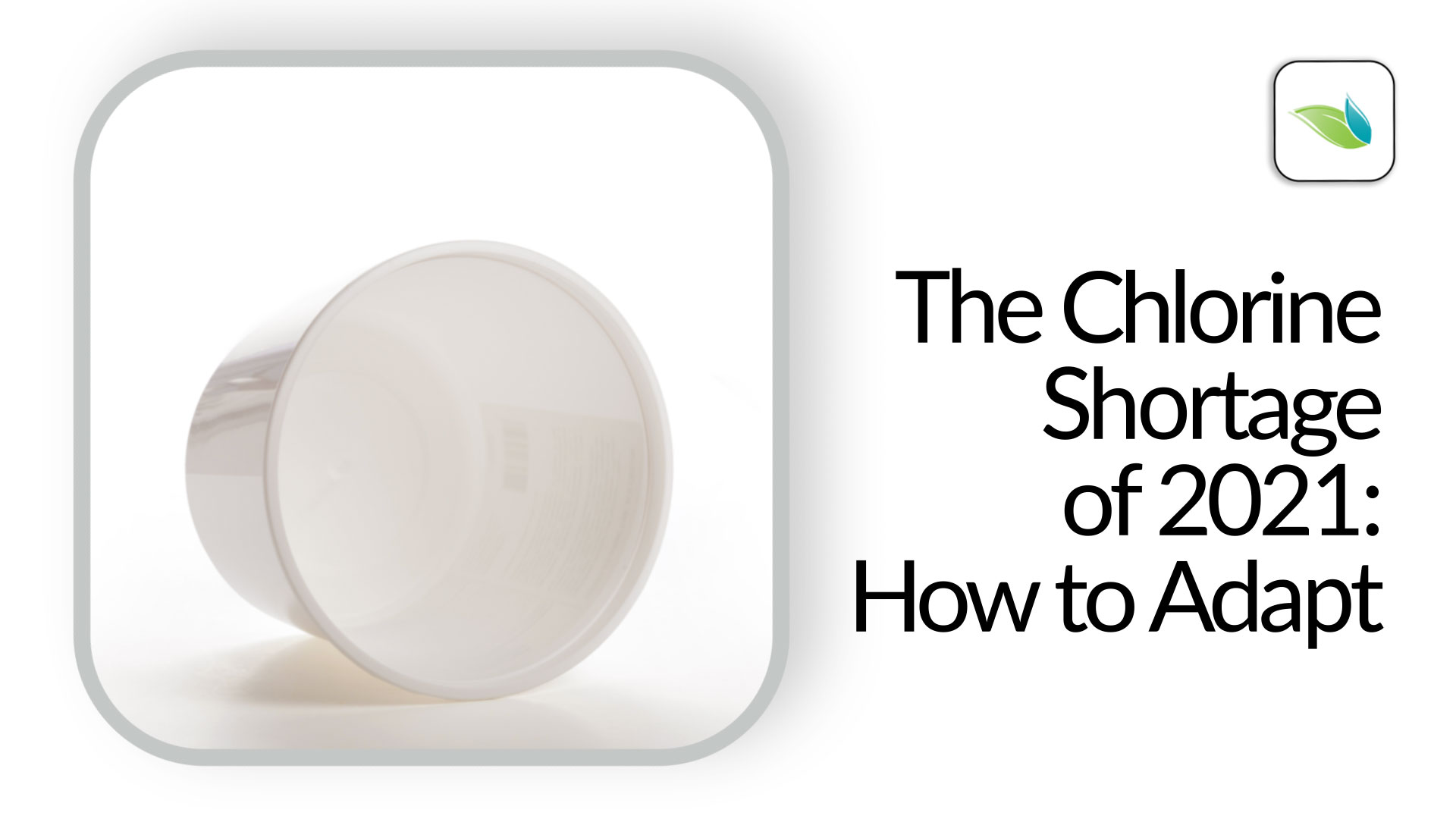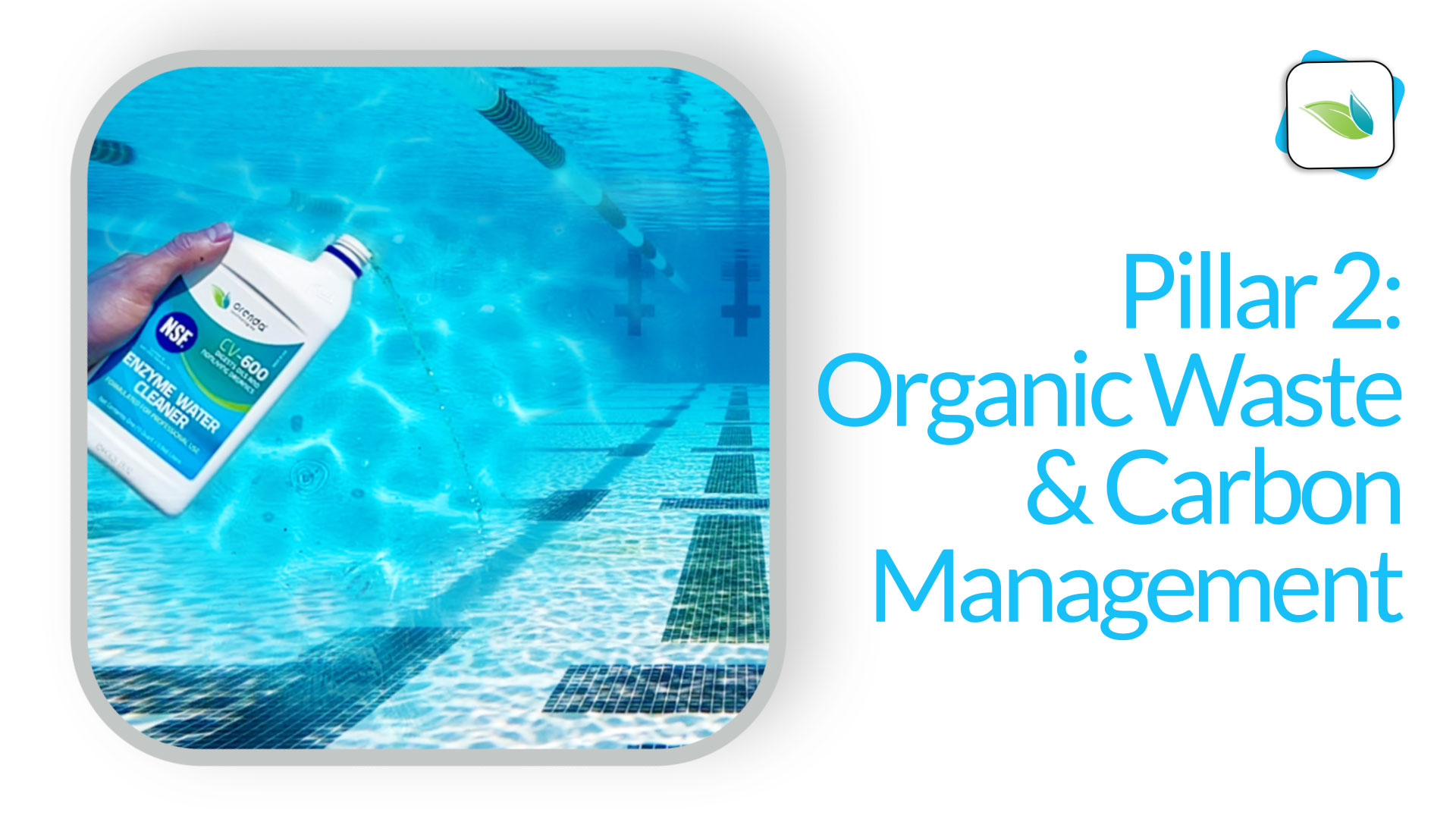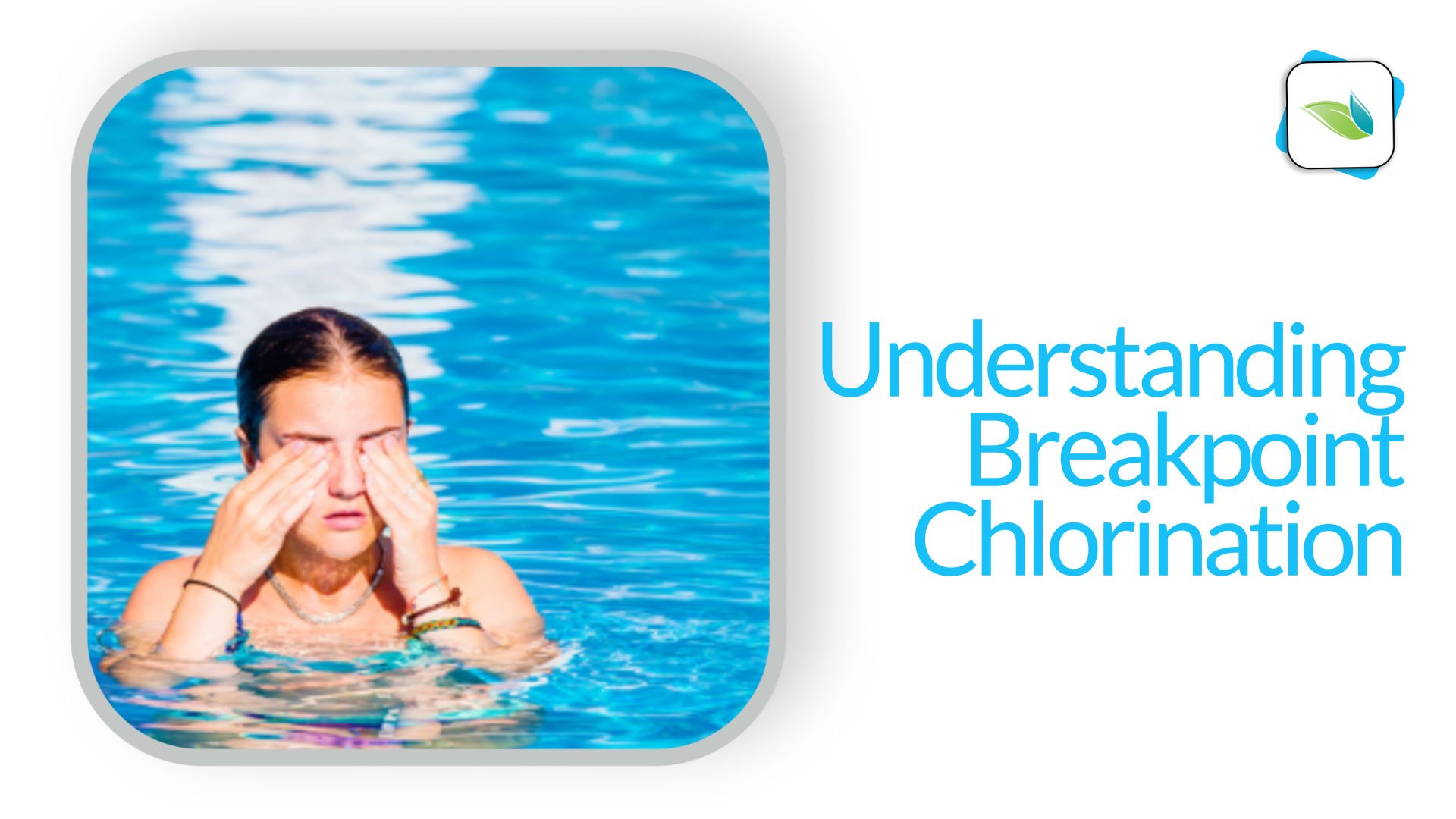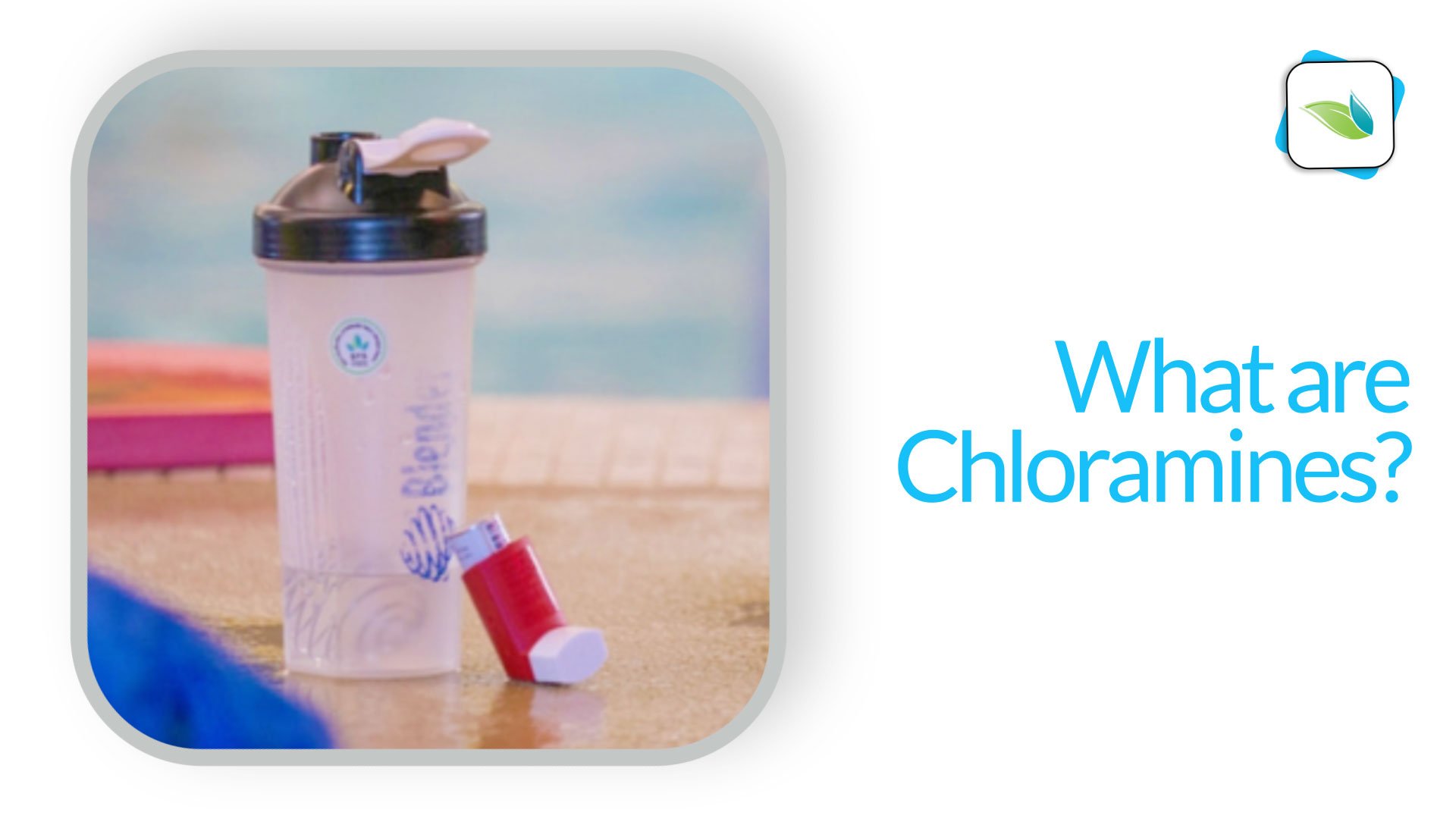Why Orenda Advice Differs from Pool Industry Standards
Our water chemistry program defies swimming pool industry standards, textbooks, and pool stores. This article explains why we are different.
Posts about:

Our water chemistry program defies swimming pool industry standards, textbooks, and pool stores. This article explains why we are different.

The chlorine shortage that we have been talking about for months is now national news. Panic buying has already begun. Even if you're willing to pay more for chlorine, you may not be able to get enough of it this summer. Let's discuss how you can adapt.

Bather waste. Non-Living Organics. Body Butter. Grease and oils. Whatever you want to call the organic waste products that contaminate swimming pools, managing them is the second of Orenda's Four Pillars. So what do we know about non-living organics? We know that swimmers and animals that use the pool leave behind oils and other carbon-based waste, and chlorine will try to oxidize these contaminants. Unfortunately, oxidation is not chlorine's specialty. Chlorine–or more specifically, the strong form of chlorine in water, Hypochlorous Acid (HOCl)–is primarily a sanitizer and disinfectant.

Breakpoint chlorination is an important concept in pool chemistry. Let's explore what it means and the difference between breakpoint chlorination and superchlorination (shocking).

Technically speaking, chloramines are chemical byproducts of chlorine oxidizing inorganic ammonia in water. The term chloramines is used generically to describe all disinfection byproducts (DBPs) that result from chlorine oxidizing nitrogen compounds. Chloramines and these other DBPs are the main cause of air quality problems in indoor pools.